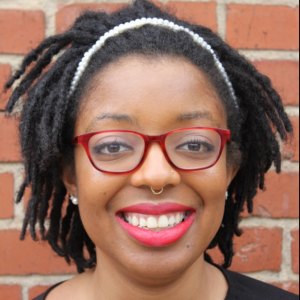
Three weeks from graduation, and I’m still deep in my study of Black women who inspire me to do more and more great things. For me, this means focusing on my future that will involve some combination of work as a sociologist and educator, examining policies that affect those who look like me, and mentoring Black and Brown people to be the strongest leaders they are all capable of being. My future is becoming more clear and visible each time I hear of other Black women’s’ experiences.
This week, I share an eye-opening interview with Misha Hill, State Policy Fellow at the Institute on Taxation and Economic Policy, who told me about variety of her experiences, insights, and work. While Misha was pursuing her Master’s in Public Policy at George Washington University, she was an intern with the Center on Budget and Policy Priorities’ Family Income Support team. In addition, Misha also interned with the Women’s Health Division at the Kaiser Family Foundation through the Person Foundation Fiscal Policy Internship. This is what she had to say:
TC: Taking your experience in working within policy, what challenges have you overcame that got to where you are now?
MH: My biggest challenge was lack of knowledge about policy careers. When I was applying for MPP programs [Masters in Public Policy], I didn’t know the difference between working at a think tank or a private consulting firm, and in undergrad I barely knew those types of organizations existed. I did not have many people in my network who worked in public policy, and my university didn’t provide a clear pre-professional path either. Those challenges are unique to my experience, but I think they also represent structural challenges for men and women of color interested in this career field. Because public policy organizations are still predominantly white spaces (Policy Link, the Urban League, and Unidos are a few critical exceptions) most Black folks don’t have many people working in public policy in their networks.
I overcame those challenges with reading, research, and reaching out. I read about policy topics I was interested in, researched the organizations that were writing on those topics, and utilized every aspect of my personal and professional network to find and build professional connections.
TC: What advice do you have for women of color who are interested in pursuing a career in public policy?
MH: My advice to young women of color interested in pursuing a career in policy is the same advice I’d give young woman of color starting any career in the U.S. The system was not made for you to succeed. It may be hard to get your foot in the door, and you may take a path that’s longer and more roundabout than your white or male counterparts. That’s okay and the insight you gain on the journey will likely help your white and male counterparts if they’re willing to listen. Use LinkedIn and offline networking, strategically. Even if you don’t know someone working in the field you may have a mutual connection or be affiliated with the same school or organization. Don’t be shy to ask for an introduction or reach out to a stranger. Know your worth and ask for what you need to succeed. Channel the confidence of a tall, middle-aged white man and assume that people will give you the things you ask for. And lastly, stay in touch with people who have helped you out along the way. An email updating former supervisors or people who have written you letters of recommendations once or twice a year shows those folks that you appreciate the investment you’ve made in them and keeps you on their radar for future opportunities.
TC: You do a lot of work focused around gender, specifically women, and wrote an article looking at the “tax perspective on International women’s day” that highlights the work that has been done and still needs to be done surrounding gender inequality. Knowing that the U.S has a long way before they start incorporating a gendered lens into their budgeting practices, how do you foresee gender budgeting, something you mentioned in your article, being used in the United States helping women? Specifically, how do you see it helping women with a variety of intersecting identities: immigrant, Black, Transgender, low-income, etc.?
MH: I don’t see the US incorporating gender budgeting, especially not on the federal level. My view is pessimistic and jaded. But this country has a collective refusal to acknowledge that inequitable policies negatively impact all of us, not just the marginalized groups that are hurt most. Setting that pessimistic view aside, I do imagine a world where a gender equity lens was applied to how governments develop their budgets and financing. A first step would be to analyze the differential impact of a proposed budgets on men and women. The U.S. does currently have programs on the revenue and spending side that inadvertently target women by linking benefits to children. But these programs are of little help to women without children. And current investments in these programs are inadequate at best, and often these programs are losing public investments. Hence, my pessimism. Currently, if a government applies an equity lens to a program it’s after the program is in place. In an ideal world gender budgeting, in combination with other equity lenses—like race, income, or immigration status—to policy analysis would provide data on the likely impact of a budget before the programs funded by that budget are put in place. Which is why we need more women of color working in public policy to push for and perform these analyses!
…
TC: Bottom line I see here: Do your research, keep connections, and trust that you are going in the direction that you need to be. There will be speed bumps on your path, dead-end zones in your life causing you to turn around—but if you trust yourself, things will fall into place. The end of the world does not have to be as dramatic as we, as college students, sometimes make it out to be. Misha, being so honest about her challenges, reminded me that yes—she is successful but with that, she is also human. Since we all are human, mistakes will be made, and still the path can make sense.
Tasia Clemons is a senior sociology major at Framingham State University, an Administrative Resident Assistant, and a Council on Contemporary Families Public Affairs Intern; she tweets at @TasiaClemons. Misha Hill is a State Policy Fellow at the Institute of Taxation on Economic Policy.

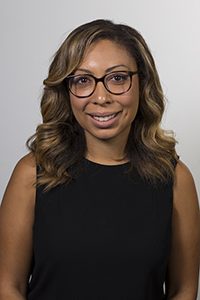
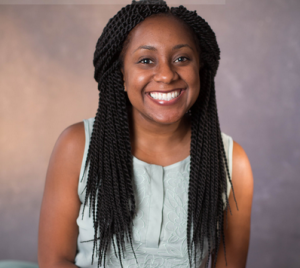
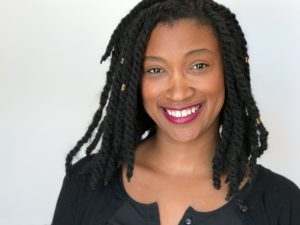
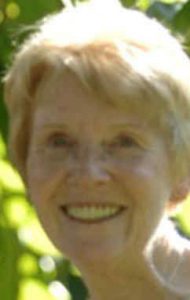 I’m reposting this originally from 6/2/2009, because today is Peggy’s husband John Schmitt’s funeral.
I’m reposting this originally from 6/2/2009, because today is Peggy’s husband John Schmitt’s funeral.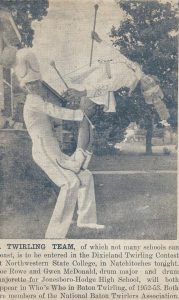


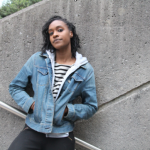



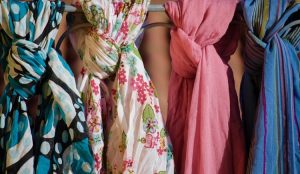 Perhaps the most visually potent symbol of this assumed backwardness of Islam is the headscarf that some Muslim women wear. How emancipated can Muslim women really be, the argument goes, when they have to cover themselves lest they sexually tempt men?
Perhaps the most visually potent symbol of this assumed backwardness of Islam is the headscarf that some Muslim women wear. How emancipated can Muslim women really be, the argument goes, when they have to cover themselves lest they sexually tempt men?

